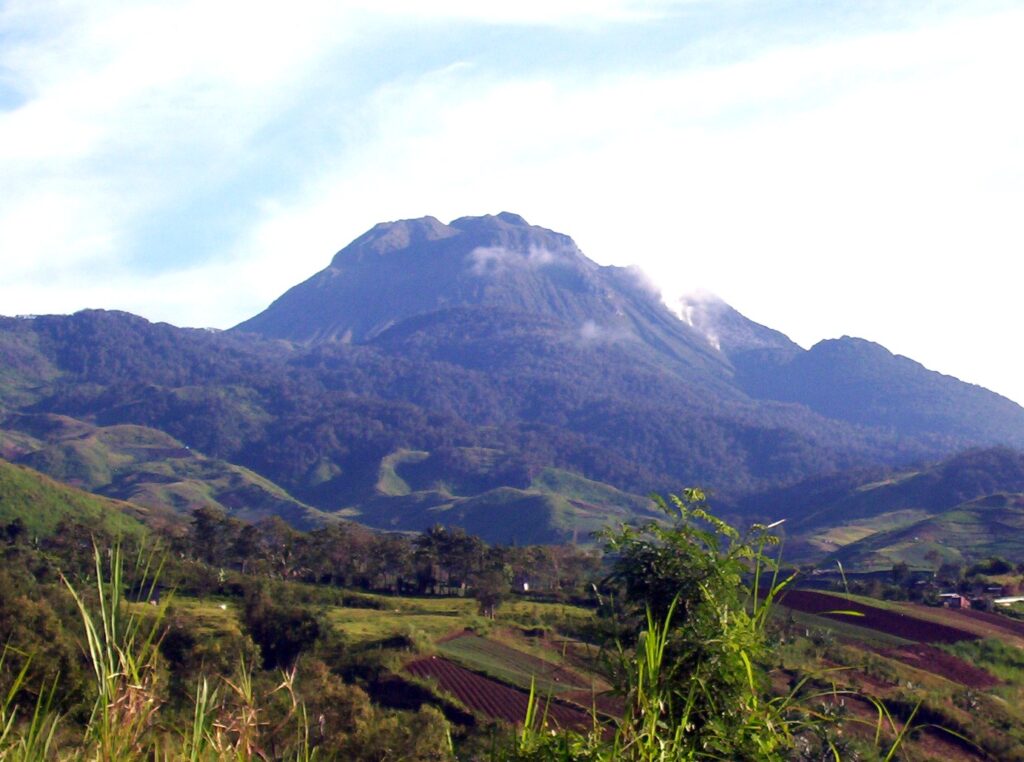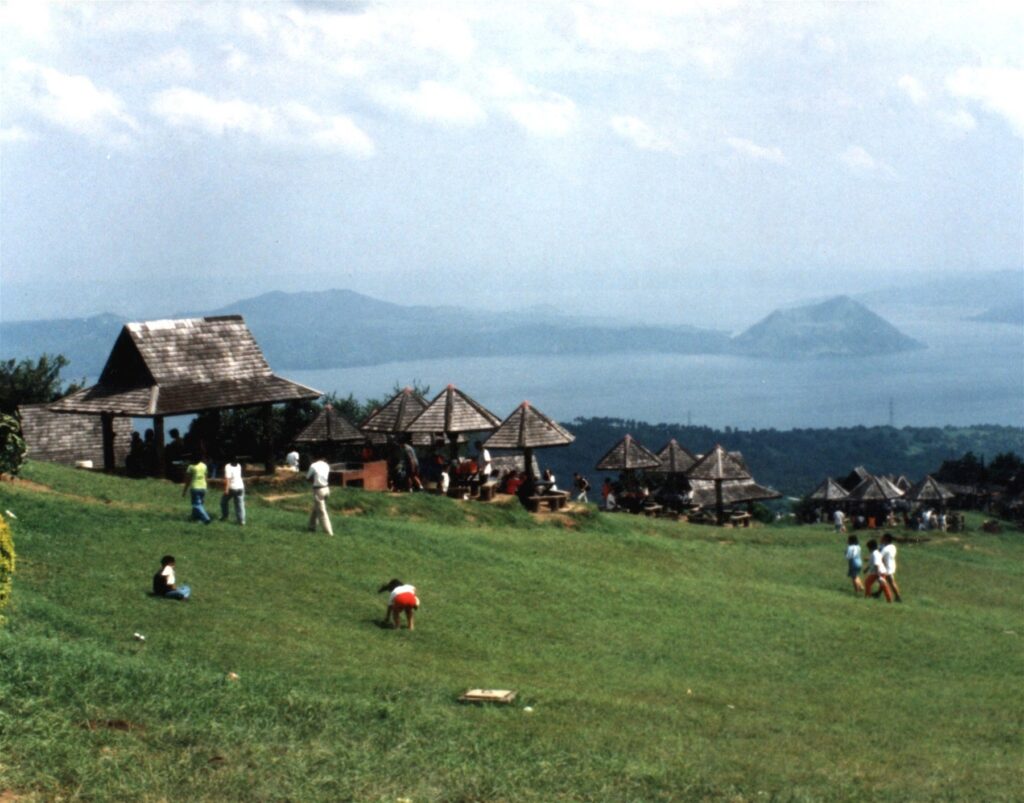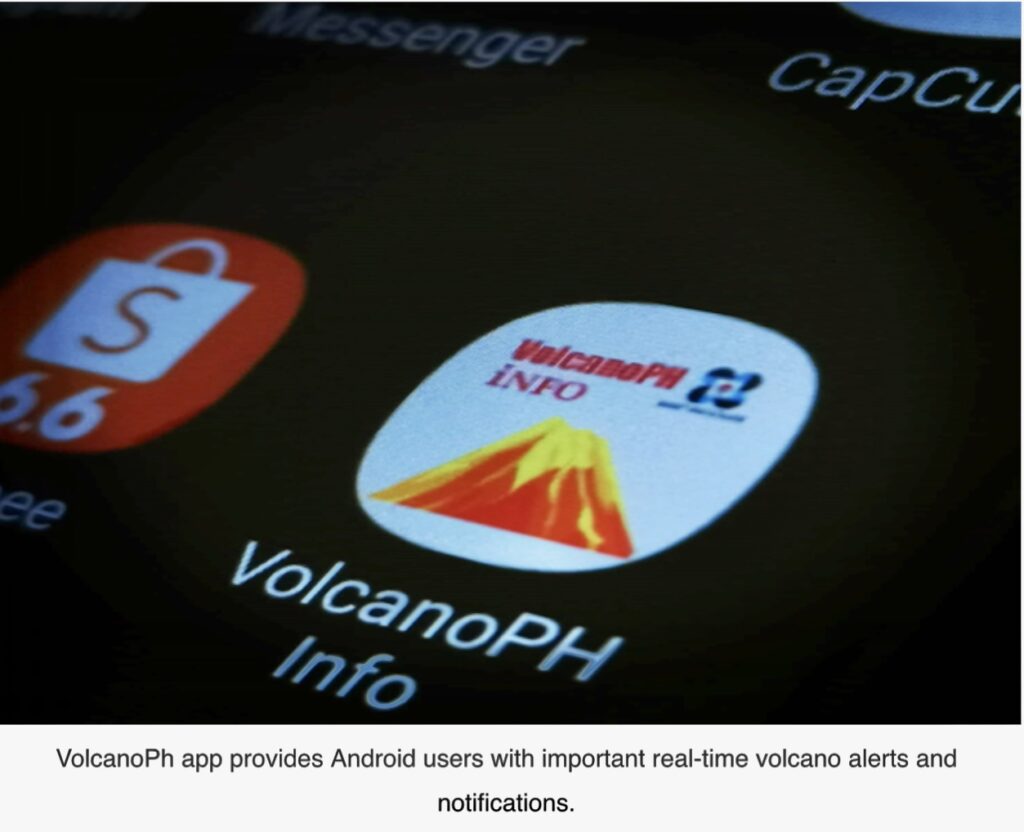Text and Photos by Henrylito D. Tacio
Additional Photos from PHIVOLCS
Sitting in what scientists call the “Pacific Ring of Fire” – a halo of seismic hotspots around the Pacific Ocean – the Philippines is home to about 200 volcanoes.
The Philippines is home to more than 7,100 islands. However, most of these islands are of volcanic origin. Fortunately, of the many volcanoes found in the country, only 21 volcanoes are considered active.
A volcano is considered active if it has erupted sometime within the last 600 years. If a volcano has not erupted in 600 years, it is regarded as inactive (dormant). There are also volcanoes which are considered extinct.
“It is difficult to distinguish an extinct volcano from a dormant one,” an American volcano expert says. Extinct volcanoes are those that scientists consider unlikely to erupt again because the volcano no longer has a lava supply. Examples of extinct volcanoes are many volcanoes on the Hawaiian. Edinburgh Castle in Scotland is famously located atop an extinct volcano.
In the Philippines, the government agency in charge of anything related to a volcano is the Philippine Institute of Volcanology and Seismology (PHIVOLCS). It is dedicated to providing information on the activities of volcanoes, earthquakes, and tsunamis, as well as other specialized information and services primarily for the protection of life and property and in support of economic, productivity, and sustainable development. It is one of the service agencies of the Department of Science and Technology (DOST).

Mount Apo 
Taal Volcano
Currently, the Philippines has a total of 65 seismic stations, 29 of which are manned, 30 are unmanned, and six volcano stations. The central operating station is located at PHIVOLCS main office in Diliman, Quezon City. All information is received at the Data Receiving Center, which is operated 24/7 by the Seismological Observation and Prediction Division.
The active volcanoes in the country, according to the PHIVOLCS are Pinatubo in Zambales; Mayon in Legazpi City; Taal in Talisay, Batangas; Canlaon in Negros Oriental; Bulusan in Sorsogon; Smith, Didicas, Babuyan Claro and Camiguin de Babuyanes, all in Babuyan Island Group; Cagua in Cagayan; Banahaw in Laguna/Quezon; Iriga in Camarines Sur; Biliran in Biliran; and Iraya in Batanes.
In Mindanao, the active volcanoes are Ragang and Matutum, both in Cotabato; Hibok-Hibok in Mambajao, Camiguin; Calayo in Valencia, Bukidnon; Bud Dajo on Jolo Island; Musuan in Bukidnon; and Makaturing in Lanao.
The eruption of Mount Pinatubo is perhaps the most popular around the world. But among Filipinos, Taal Volcano is more common as it erupts every now and then.
The worst recorded eruption of the Taal Volcano happened in 1754 and lasted from May 15 to December 1. “(The said eruption) can be repeated,” DOST undersecretary and concurrent Officer-In-Charge of PHIVOLCS Dr. Renato U. Solidum Jr. was quoted as saying by Rappler.
Last year, Taal volcano literally started the year with a bang. It resulted in the suspension of school classes and work and suspended local flights in the area above as PHIVOLCS issued Alert Level 4 on the afternoon of 12 January 2020. The scenario indicated “possible hazardous explosive eruption within hours to days.”
After 42 years of silence, the Taal volcano showed renewed activities that fateful day, spewing ash that affected residents and tourists in Batangas, Cavite, Laguna, and even in Metro Manila and other neighboring cities.
Fortunately, the recent disaster has prompted scientists from PHIVOLCS to develop VolcanoPH, a volcano advisory application that will help the public understand better similar geohazard warnings in the future so they can be better prepared.
“This innovation is a real-time volcano advisory application, initially for Android devices, that provides infographic information on the latest updates of Philippine active volcanoes monitored by PHIVOLCS,” wrote Joy M. Lazcano of the Science and Technology Information Institute (STII).
The app will help users understand the present volcano status along with its alert level warnings through the 24-hour real-time observation data gathered from the Volcano Monitoring Network records and actual field survey data analyzed by experts from PHIVOLCS.
Lazcano said that App users could also select and click from a list of active volcanoes with alert levels on its homepage and be provided with the 24-hour summary containing its alert level warning status, monitoring parameters, and recommendations in the Filipino language.
The push notification feature will inform the users of the latest volcano advisory before the updates are posted on social media platforms.

VolcanoPH 
Volcano app
“The system will enable the user to see the updates first on the app after we have posted it to the PHIVOLCS website and have disseminated the information to the proper authorities,” said Dr. Solidum.
The information that the users can access includes the following: seismicity or the number of volcanic earthquakes monitored, acidity level and temperature of the main crater lake, the level of sulfur dioxide being spewed by the volcano, volcanic plume level, or the gas and particles produced by the volcano.
Moreover, the app can provide other important information to help users determine the risks like the following: ground deformation or the presence of cracks, sinking, or swelling of the ground that can be caused by gas, magma, or fluids moving underneath or the movements of the earth’s crust due to the motion along the faults.
The VolcanoPh app also provides recommendations and comments also written in Filipino.
According to Ma. Antonia V. Bornas, head of the Volcano Monitoring and Eruption Prediction Division of PHIVOLCS, currently her team is planning to include advisories on different languages as warnings can be contextualized using local languages.
“Like in (province) Bicol, there are three languages used in the province,” explains Bornas. However, this is still being studied thoroughly to ensure that the app will be more effective.
To make the app more effective, Dr. Solidum also shared that the Agency is planning on developing the app for IOS users as well.

